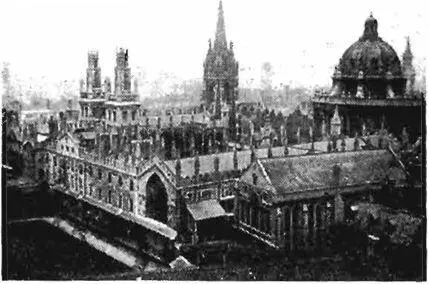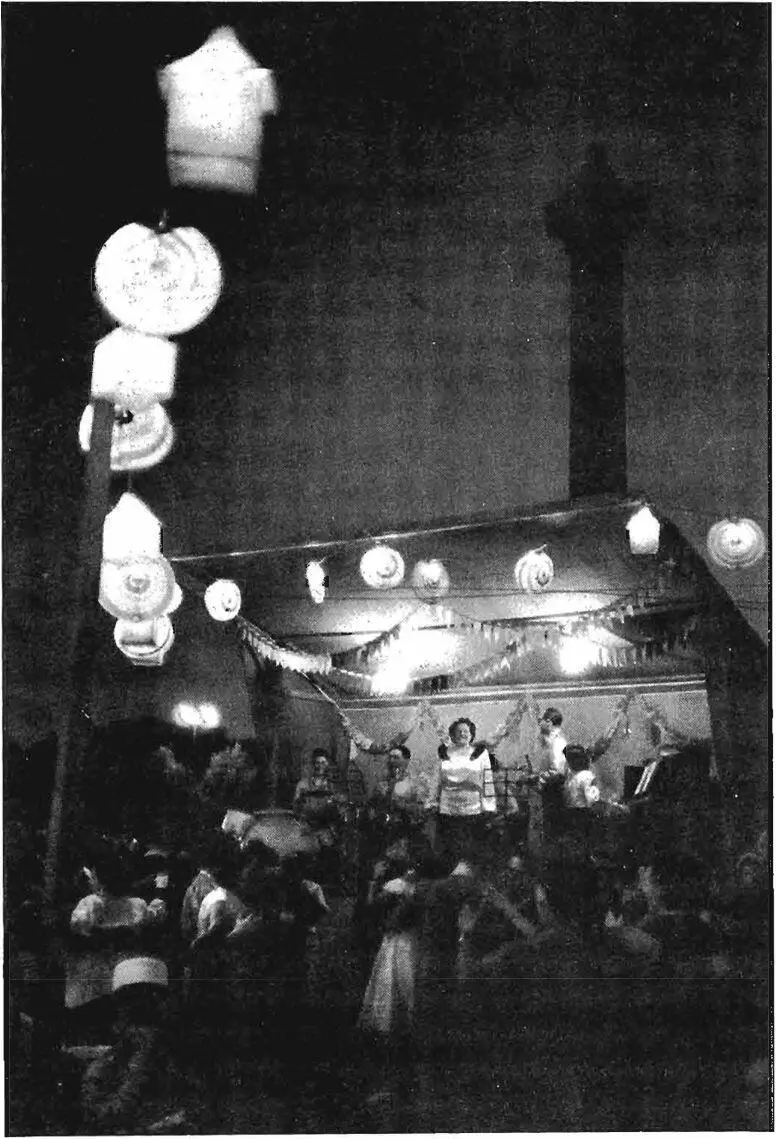Christopher alexander - A pattern language
Здесь есть возможность читать онлайн «Christopher alexander - A pattern language» весь текст электронной книги совершенно бесплатно (целиком полную версию без сокращений). В некоторых случаях можно слушать аудио, скачать через торрент в формате fb2 и присутствует краткое содержание. Жанр: Прочая научная литература, на английском языке. Описание произведения, (предисловие) а так же отзывы посетителей доступны на портале библиотеки ЛибКат.
- Название:A pattern language
- Автор:
- Жанр:
- Год:неизвестен
- ISBN:нет данных
- Рейтинг книги:3 / 5. Голосов: 1
-
Избранное:Добавить в избранное
- Отзывы:
-
Ваша оценка:
- 60
- 1
- 2
- 3
- 4
- 5
A pattern language: краткое содержание, описание и аннотация
Предлагаем к чтению аннотацию, описание, краткое содержание или предисловие (зависит от того, что написал сам автор книги «A pattern language»). Если вы не нашли необходимую информацию о книге — напишите в комментариях, мы постараемся отыскать её.
A pattern language — читать онлайн бесплатно полную книгу (весь текст) целиком
Ниже представлен текст книги, разбитый по страницам. Система сохранения места последней прочитанной страницы, позволяет с удобством читать онлайн бесплатно книгу «A pattern language», без необходимости каждый раз заново искать на чём Вы остановились. Поставьте закладку, и сможете в любой момент перейти на страницу, на которой закончили чтение.
Интервал:
Закладка:
There were three columns standing, supporting the roof over
xxxv 1
. . . according to four-story limit (21), most roofs in the community are no higher than four stories, about 40 or 50 feet. However, it is very important that this height limit be punctuated, just occasionally, by higher buildings which have special functions. They can help the character of the small public squares (61) and holy ground (66) ; they can give particular identity to their communities, provided that they do not occur more frequently than one in each community of 7000 (12).
The instinct to climb up to some high place, from which you can look down and survey your world, seems to be a fundamental human instinct.
The tiniest hamlets have a dominating landmark—usually the church tower. Great cities have hundreds of them. The instinct to build these towers is certainly not merely Christian; the same thing happens in different cultures and religions, all over the world. Persian villages have pigeon towers; Turkey, its minarets; San Gimignano, its houses in the form of towers; castles, their lookouts; Athens, its Acropolis; Rio, its rock.
These high places have two separate and complementary functions. They give people a place to climb up to, from which they can look down upon their world. And they give people a place which they can see from far away and orient themselves toward, when they are on the ground.
Listen to Proust:
Combray at a distance, from a twenty-mile radius, as we used to see it from the railway when we arrived there every year in Holy Week, was no more than a church epitomising the town, representing it, speaking of it and for it to the horizon, and as one drew near, gathering close about its long, dark cloak, sheltering from the wind, on the open plain, as a shepherd gathers his sheep, the woolly grey backs of its blocking houses. . . .
From a long way off one could distinguish and identify the steeple of Sainte-Hilaire inscribing its unforgetable form upon a horizon beneath which Combray had not yet appeared; when from the train
316 6 2 HIGH PLACES
which brought us down from Paris at Eastertime my father caught sight of it, as it slipped into every fold of the sky in turn, its little iron cock veering continually in all directions, he could say: “Come, get your wraps together, we are there.” (Marcel Proust, Swann’s Way.)
 |
| Oxford: the city of dreaming sf ires. |
High places are equally important, too, as -places from which to look down: places that give a spectacular, comprehensive view of the town. Visitors can go to them to get a sense of the entire area they have come to; and the people who live there can do so too—to reassess the shape and scope of their surroundings. But these visits to the high places will have no freshness or exhilaration if there is a ride to the top in a car or elevator. To get a full sense of the magnificence of the view, it seems necessary to work for it, to leave tire car or elevator, and to climb. The act of climbing, even if only for a few steps, clears the mind and prepares the body.
As for distribution, we suggest about one of these high places for each community of 7000, high enough to be seen throughout the community. If high places are less frequent, they tend to be too special, and they have less power as landmarks.
Therefore:
Build occasional high places as landmarks throughout the city. They can be a natural part of the topography, or towers, or part of the roofs of the highest local building— but, in any case, they should include a physical climb.
3i7
TOWNS

* * *
Elaborate the area around the base of the high place—it is a natural position for a small public square (6i) ; give the stair which leads up to the top, openings with views out, so that people can stop on the stair, sit down, look out, and be seen while they are climbing—stair seats (125), zen view (134), open stairs (158). . . .
318
| 63 DANCING IN THE STREET* |
|---|
 |
. . . several patterns have laid the groundwork for evening activity in public—magic of the city (io), promenade (31),
NIGHT LIFE (33), CARNIVAL (58), SMALL PUBLIC SQUARES (6l). To make these places alive at night, there is nothing like music and dancing; this pattern simply states the physical conditions which will encourage dancing and music to fill the streets.
4* *!• 4*
Why is it that people don’t dance in the streets today?
All over the earth, people once danced in the streets; in theater, song, and natural speech, “dancing in the street” is an image of supreme joy. Many cultures still have some version of this activity. There are the Balinese dancers who fall into a trance whirling around in the street; the mariachi bands in Mexico—every town has several squares where the bands play and the neighborhood comes out to dance; there is the European and American tradition of bandstands and jubilees in the park; there is the bon odori festival in Japan, when everybody claps and dances in the streets.
But in those parts of the world that have become “modern” and technically sophisticated, this experience has died. Communities are fragmented; people are uncomfortable in the streets, afraid with one another; not many people play the right kind of music; people are embarrassed.
Certainly there is no way in which a change in the environment, as simple as the one which we propose, can remedy these circumstances. But we detect a change in mood. The embarrassment and the alienation are recent developments, blocking a more basic need. And as we get in touch with these needs, things start to happen. People remember how to dance; everyone takes up an instrument; many hundreds form little bands. At this writing, in San Francisco, Berkeley, and Oakland there is a controversy over “street musicians”—bands that have spontaneously begun playing in streets and plazas whenever the weather is good— where should they be allowed to play, do they obstruct traffic, shall people dance?
320 63 DANCING IN THE STREET
It is in this atmosphere that we propose the pattern. Where there is feeling for the importance of the activity re-emerging, then the right setting can actualize it and give it roots. The essentials are straightforward: a platform for the musicians, perhaps with a cover; hard surface for dancing, all around the bandstand; places to sit and lean for people who want to watch and rest; provision for some drink and refreshment (some Mexican bandstands have a beautiful way of building tiny stalls into the base of the bandstand, so that people are drawn though the dancers and up to the music, for a fruit drink or a beer) ; the whole thing set somewhere where people congregate.
Therefore:
Along promenades, in squares and evening centers, make a slightly raised platform to form a bandstand, where street musicians and local bands can play. Cover it, and perhaps build in at ground level tiny stalls for refreshment. Surround the bandstand with paved surface for dancing—no admission charge.

raised bandstand
Читать дальшеИнтервал:
Закладка:
Похожие книги на «A pattern language»
Представляем Вашему вниманию похожие книги на «A pattern language» списком для выбора. Мы отобрали схожую по названию и смыслу литературу в надежде предоставить читателям больше вариантов отыскать новые, интересные, ещё непрочитанные произведения.
Обсуждение, отзывы о книге «A pattern language» и просто собственные мнения читателей. Оставьте ваши комментарии, напишите, что Вы думаете о произведении, его смысле или главных героях. Укажите что конкретно понравилось, а что нет, и почему Вы так считаете.












